For fortune hunters dredging Alaska’s Bering Sea floor for gold, old mining traditions blend with new realities
Recent years have seen a steady growth in offshore gold mining near Nome. A rapidly changing climate means new opportunities, but also new challenges.
The Bering Sea region, the Pacific gateway to the Arctic Ocean, is home to ecosystems on land and in the ocean that are both abundant and fragile. It’s also changing very quickly — and those changes offer a preview of the changes in store for other parts of the Arctic. This story is part of an ArcticToday series on the changing Bering Sea — and what those transformations mean for fish, wildlife and people.
The lure of gold that brought thousands of fortune hunters to the northwest edge of the continent a century ago remains powerful in Nome, the hub town for Alaska’s Bering Strait region.
Among those who felt the pull was Alexei Klutchnikov. Last fall, while standing on the deck of his converted fishing boat — part of an armada of vessels retrofitted with equipment to dredge the floor of the Bering Sea and examining some of the gold dust he pulled out of Bering Sea sediments — Klutchnikov contemplated the advantages of gold mining as a livelihood.
Both commercial fishing and mining are hard, but mining provides the flexibility of a longer schedule, he said. Fishermen might have to rush to get their catch in just a few days, depending on harvest openers, he said. “In mining, you have to work hard all season, for five or six months,” he said.
The grueling task of extractive valuables from the Bering Sea did not faze him or his mining partners, he said: “We’re not afraid to work.”
Just two weeks later, Klutchnikov was lost at sea, swept away in a storm. One of his mining partners was found dead; the other, the sole survivor, made it to shore in a life raft and told rescuers about the choppy seas that capsized their boat and separated the three miners.
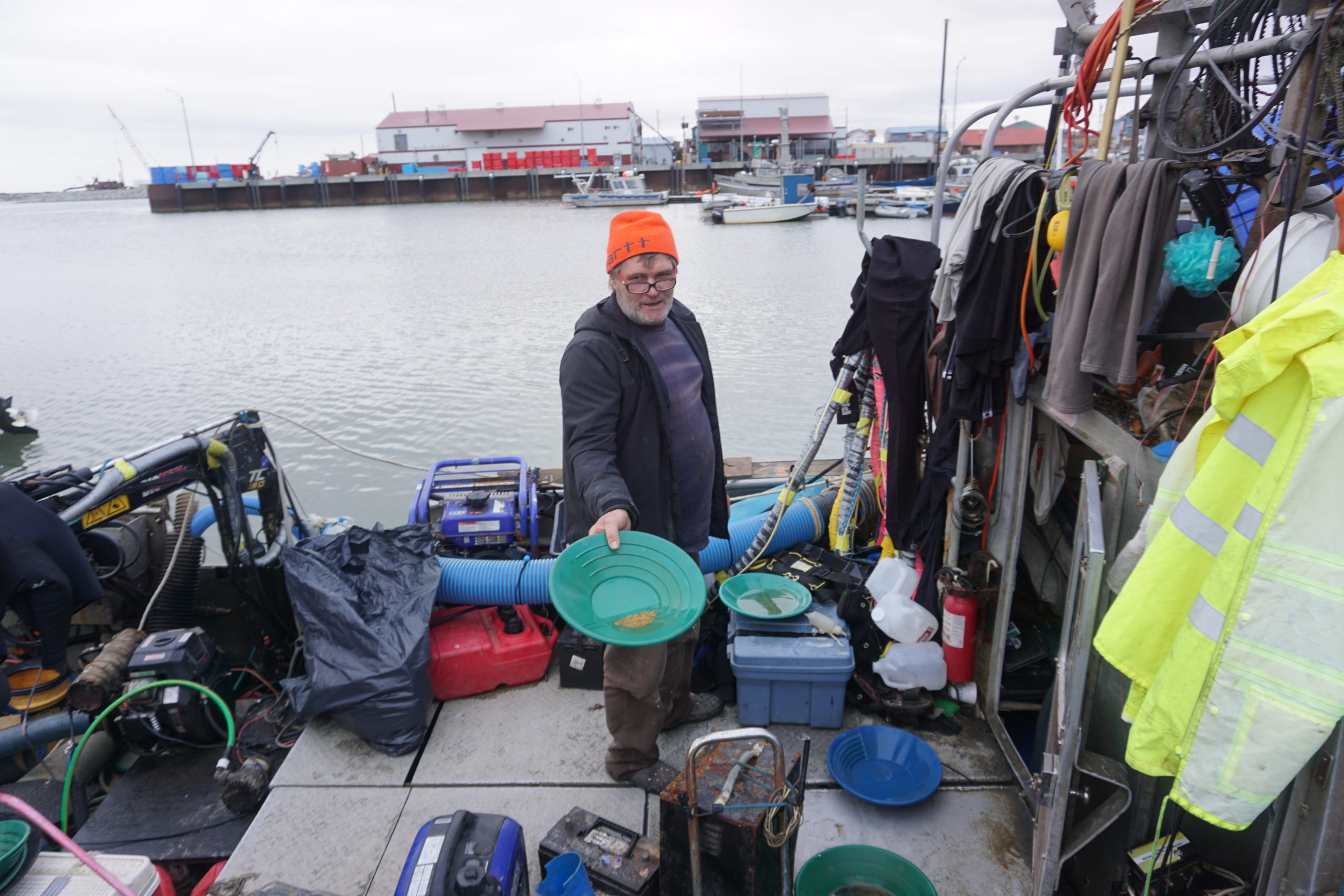
Offshore gold mining in Nome might seem like a quirky adventure, as portrayed on television. In reality, it is part of a broader high-stakes trend: the expanding industrialization of the warming and thawing Northern Bering Sea.
The gold dredges are among the growing number of ships sailing the Bering Strait region as sea ice recedes. Evidence is seen in the number of ships stopping at Nome — vessels carrying consumer goods, fish, petroleum products, construction supplies, gravel, scientists and even well-heeled tourists, as well as the gold miners’ vessels. Ship visits in Nome rose from 34 vessels in 1990 to 635 in 2015, according to a report by a consultant hired by the city. Those numbers include the dredge-mining fleet, which grew from five vessels in 2008 to more than 100 by 2016, according to the U.S. Coast Guard.
Since then, the industry has consolidated into fewer but bigger dredge ships, said Lucas Stotts, Nome’s harbormaster. In 2020, a year kneecapped by the coronavirus pandemic that sidelined some miners, the Nome-ported gold dredge fleet numbered about 42 to 45 vessels, plus another approximately 30 support vessels, Stotts said. That compares to a fishing fleet of about two dozen, he said.
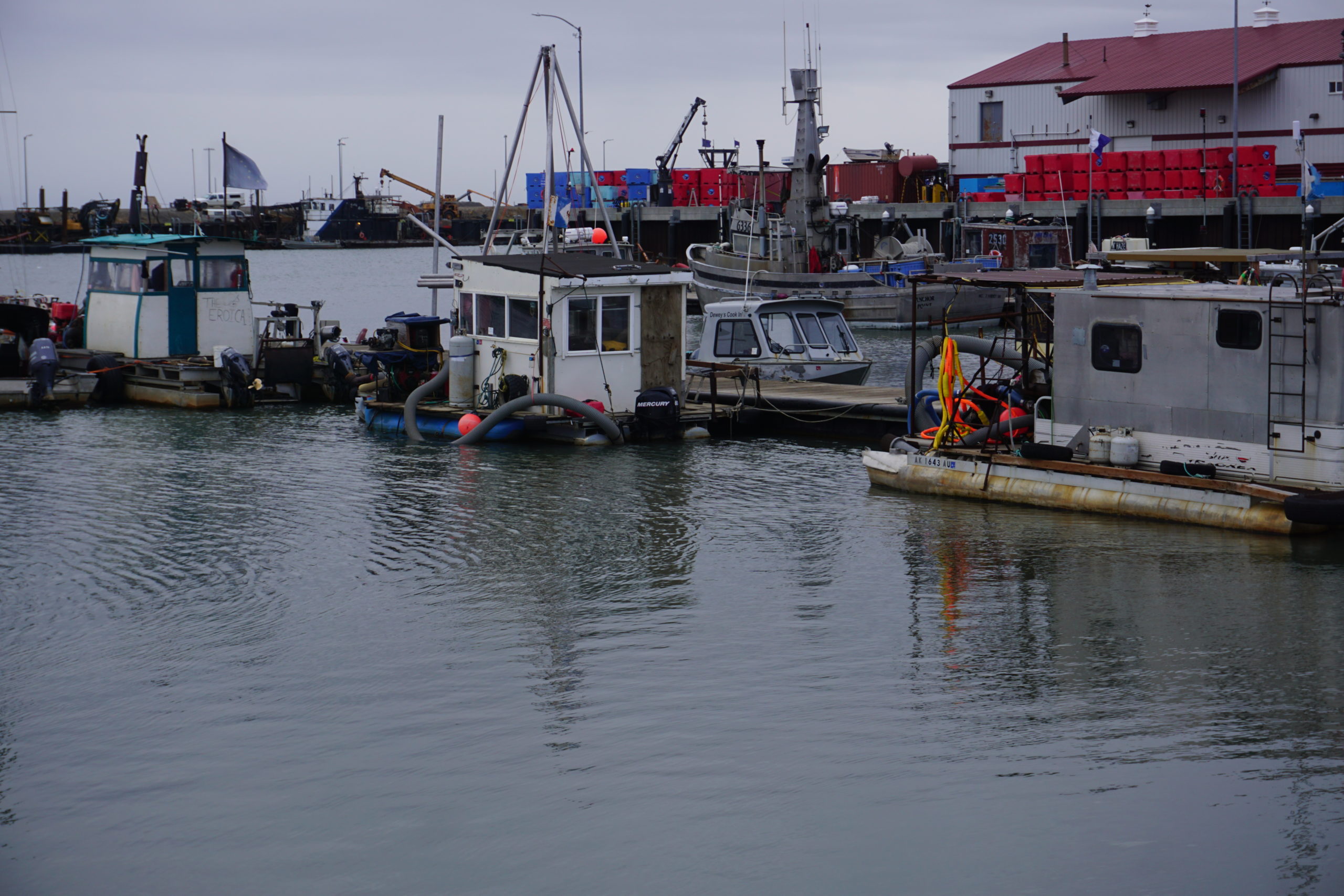
Modern mining in Nome is conducted by undersea divers who vacuum up the seafloor sediments or by huge vessel-mounted shovels that scoop up the sediments. Today’s miners operate just offshore of the beach sands that hordes of prospectors dug sifted during the frenzied early 20th century gold rush that founded the city of Nome.
Today’s mining boom is amplified by a distinctly modern twist. For 12 television seasons, Nome has been the setting for a Discovery Channel reality show, Bering Sea Gold.
Nome locals may roll their eyes at the show and its hyped-up drama, but there is evidence that it is having an effect.
Bering Sea Gold has made celebrities out of a handful of the offshore miners, allowing them to strike it rich in a way beyond pulling gold out of the seafloor. And state data shows a definite upswing in offshore gold mining that coincides with the show’s broadcasts.
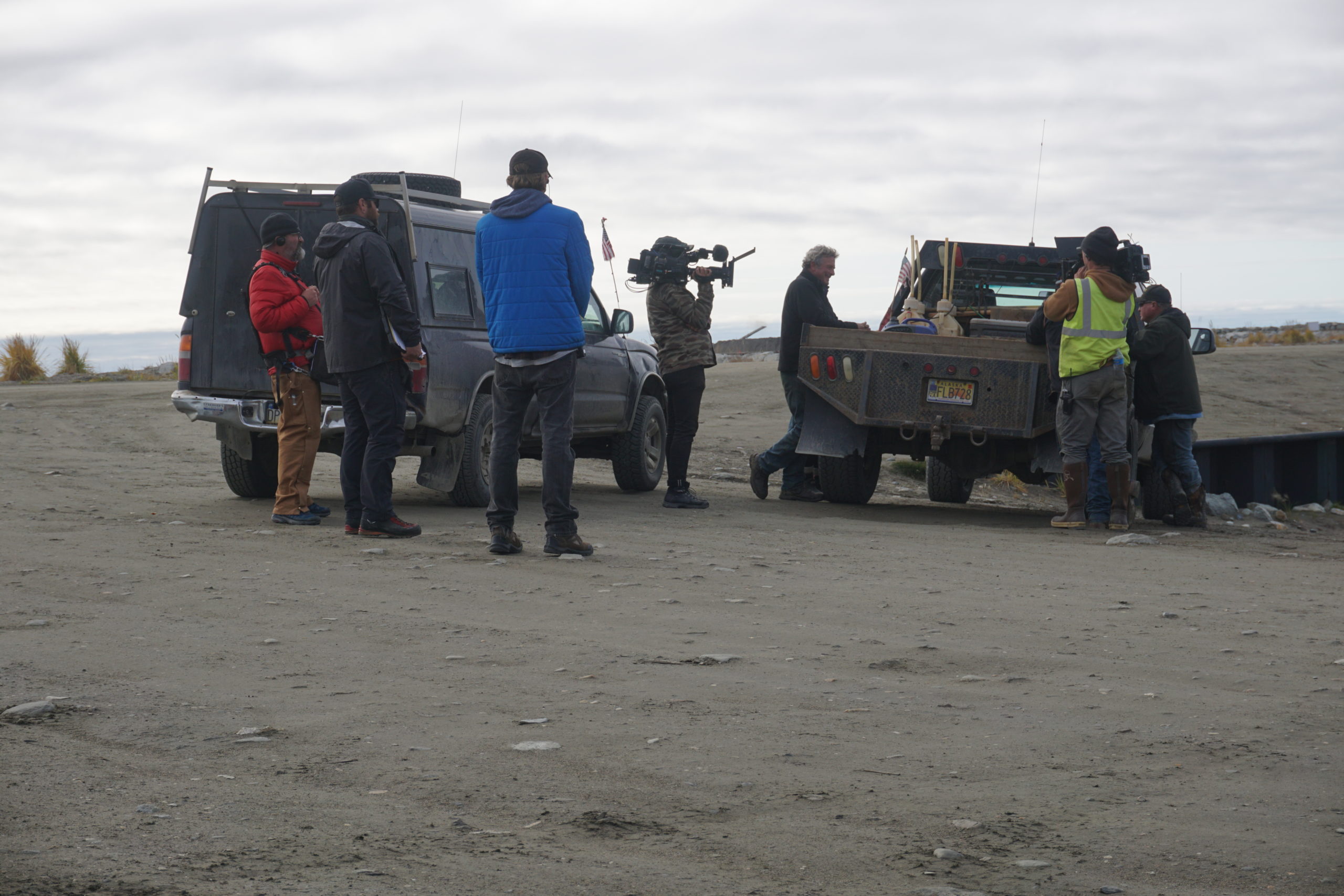
Prior to a 2011 state lease sale, there were five active offshore gold-mining leases, according to the Alaska Department of Natural resources. By 2020, when there was a follow-up lease sale, there were 86, according to the department. Small-scale miners can contract to work on leaseholders’ or claim holders’ territory or they can work in designated public-access areas, but the big operators are dominant.
It makes sense for miners to flock to the Bering Sea, since “the restrictions are so bad in the continental United States,” said Rick Schmitt, a veteran diver who was working in Nome in the summer of 2019 and said he was initially drawn to the area by the chance to acquire some of the leases held by Vernon Adkinson, one of the reality show’s stars.
“There’s an old saying: If you’re going to find gold you’ve got to go where it was found before. If you’re going to find a lot of gold, you’ve got to go where a lot of gold was found before. This is the only place left,” Schmitt said.
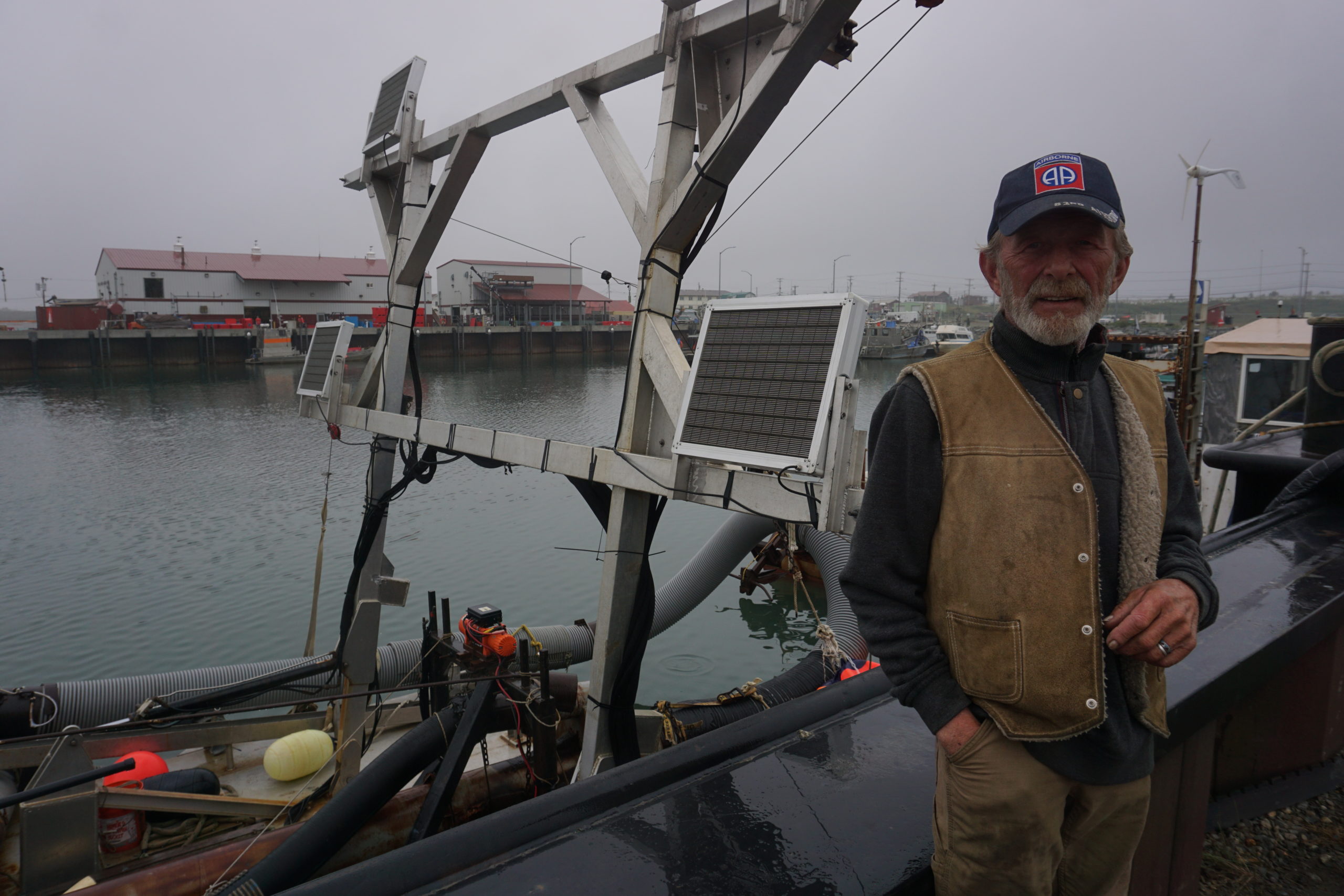
Beyond mining, the growing ship traffic through the Bering Strait and in and out of Nome creates economic benefits. But it also creates more risks: of oil spills, air and water pollution, underwater noise that disturbs marine mammals, collisions between vessels, vessel strikes of marine mammals, conflicts with Indigenous people harvesting marine food from small boats and various other problems that combine together.
Regulators are playing catch-up.
Concerns about the impacts of increased vessel traffic prompted the U.S. and Russia governments to put aside other differences and team up on a proposal for new Bering Strait-area shipping-safety rules. The International Maritime Organization in 2018 approved the U.S.-Russia plan and established designated two-way traffic lanes and protective buffer zones for ships sailing the strait and the northern Bering Sea.
For offshore miners, who generally dock their vessels in Nome’s inner harbor and ply waters close to shore, some new safety rules and programs specific to their work have emerged in recent years.
After two gold-mining divers died in separate incidents in 2011 and 2014, the U.S. Coast Guard imposed some safety regulations. Under those regulations, which are evolving over time, gold dredges have been classified since 2015 as commercial vessels, not recreational vessels. The largest dredges are subject to mandatory inspections and must have credentialed masters and chief engineers on board, and there are standards for dive safety and lighting, traffic in and out of the port and other aspects of marine operations.
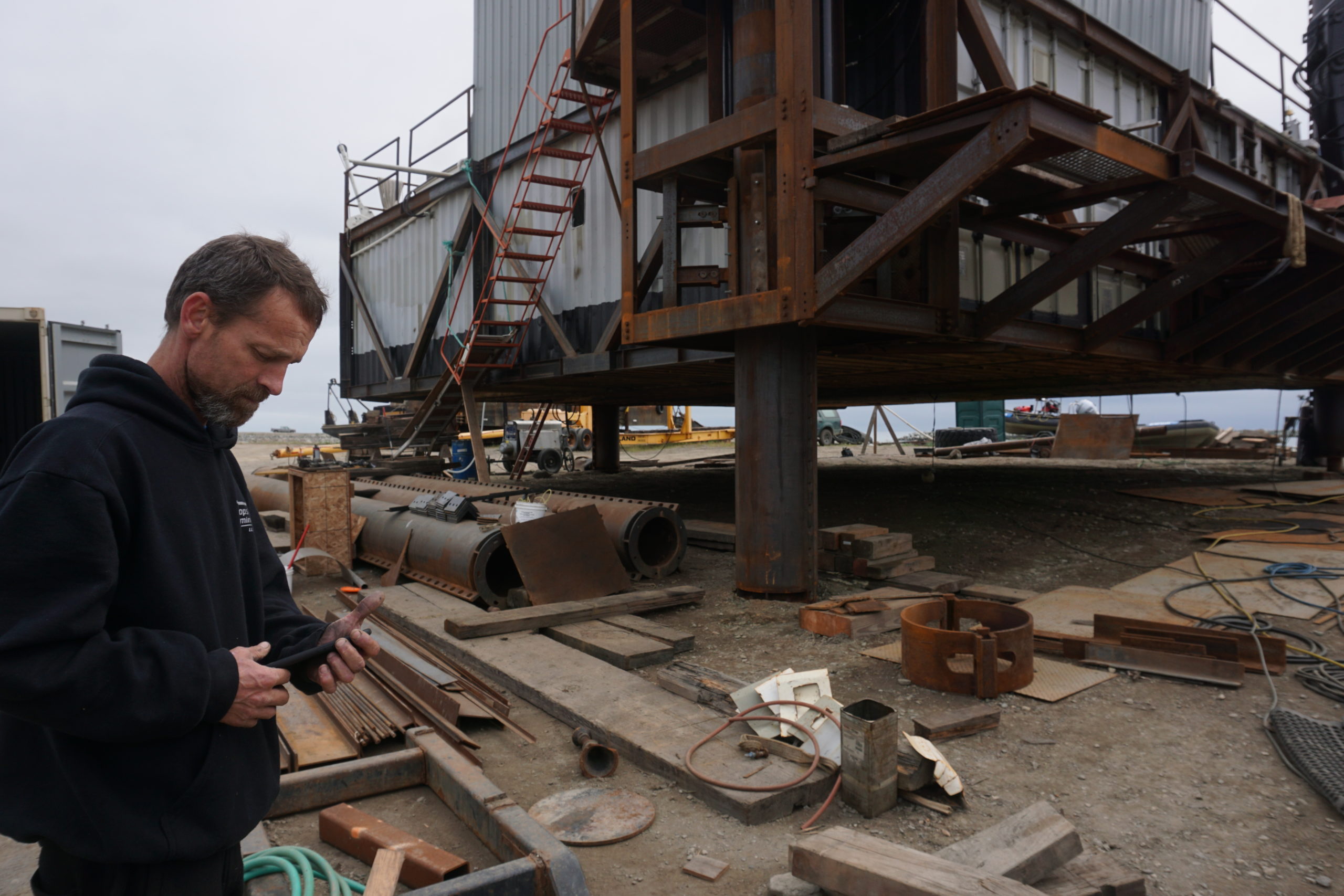
Some of the safety requirements do not apply to the smaller dredge vessels, however. That leaves the Coast Guard as more of an educator than an enforcer. Coast Guard crews usually visit Nome each summer as part of the service’s annual Operation Arctic Shield and, among other duties, perform voluntary inspections and dish out advice. They check for things like vessel stability — most boats are not designed to work as gold dredges — the supply of survival suits with functioning zippers, fresh batteries and other key gear, said Coast Guard Petty Officer Nate Littlejohn, an Anchorage-based spokesman for the service.
Those voluntary inspections were not performed in the COVID-19 summer of 2020, however; the pandemic and budget constraints limited the Coast Guard’s seasonal Arctic activities. Even when the Coast Guard is able to provide those services, it has limited say about what happens aboard dredge vessels once they leave the dock. “When it comes to the actual operations of mining and diving and dredging, we do not regulate that,” Littlejohn said.
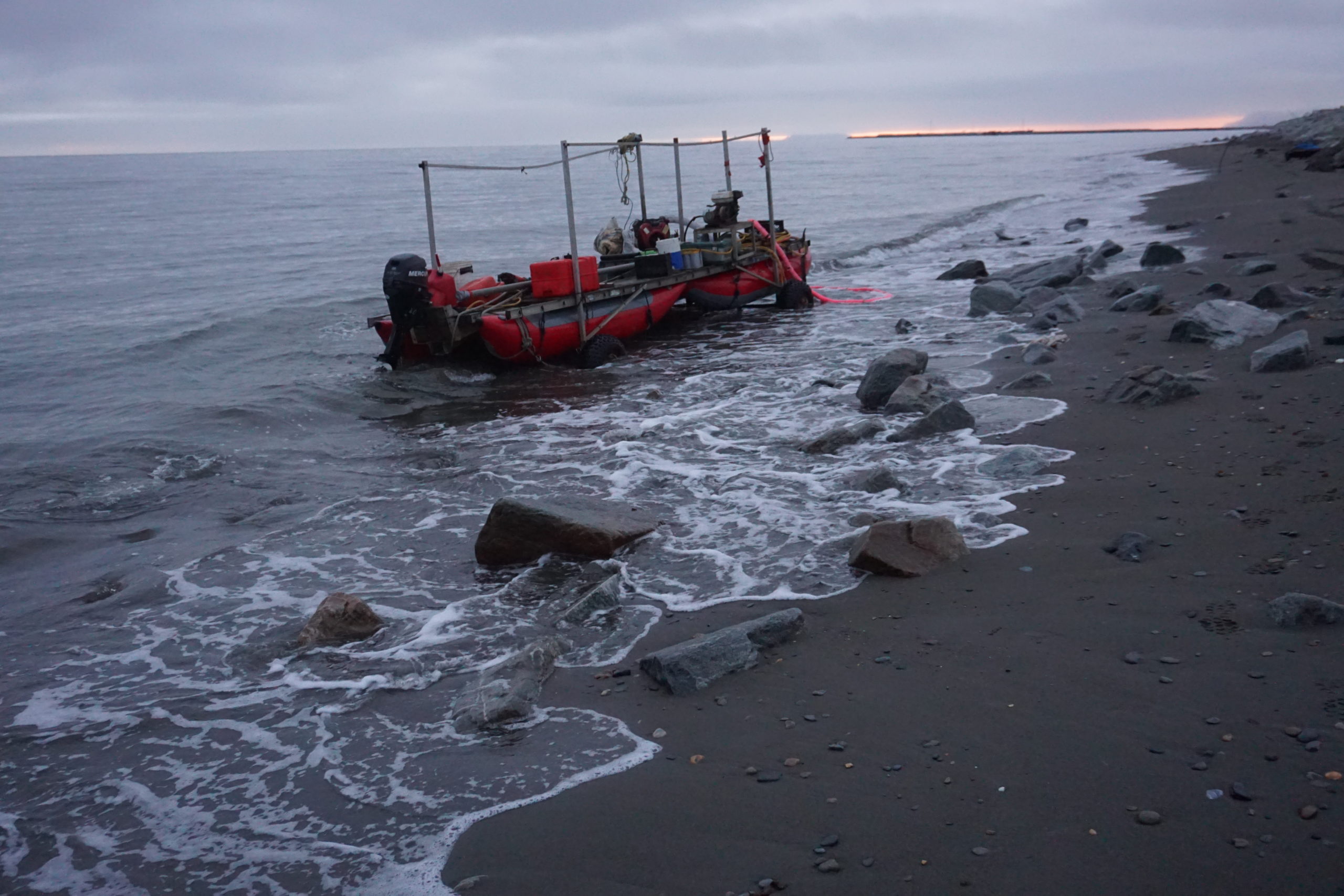
As is everyone else in the Bering Sea region, the offshore miners are affected by climate change.
They benefit from an expanded open-water period. In the opening episode of Bering Sea Gold’s 2020 season, filmed during a record-hot Alaska summer, the early melt was a plotline. Miners expressed glee about their ability to get out early to open waters.
“This year we’re especially having fun because it’s the earliest the barge has ever been in the water,” Ken Kerr, captain of the large dredge ship the Myrtle Irene, told the camera. “It’s exciting because we’ve never had a real long season.”
But they take on new risks, too.
For the relatively exclusive group of miners who operate in winter, a season when they use sea ice to stage their diving and dredging, warming has weakened that platform.
A trio of miners got stranded on drifting floes after a sudden thaw hit in March of 2019 — an event that would have been unthinkable in the past because March is the month of peak ice. The miners were rescued by helicopter, but lost about $10,000 worth of equipment that plunged into the sea.
It is possible that climate change was a factor in the disaster that doomed Klutchnikov and his mining partner. As the Arctic warms and sea ice diminishes, high-wind events in northern and western Alaska — including the Nome area — have become more frequent, and are expected to become even more so through the 21st century, according to research led by University of Alaska Fairbanks scientists.
With the northern Bering Sea climate warming so dramatically and the ecosystem in transition, the environmental and social impacts of offshore mining are getting closer scrutiny.
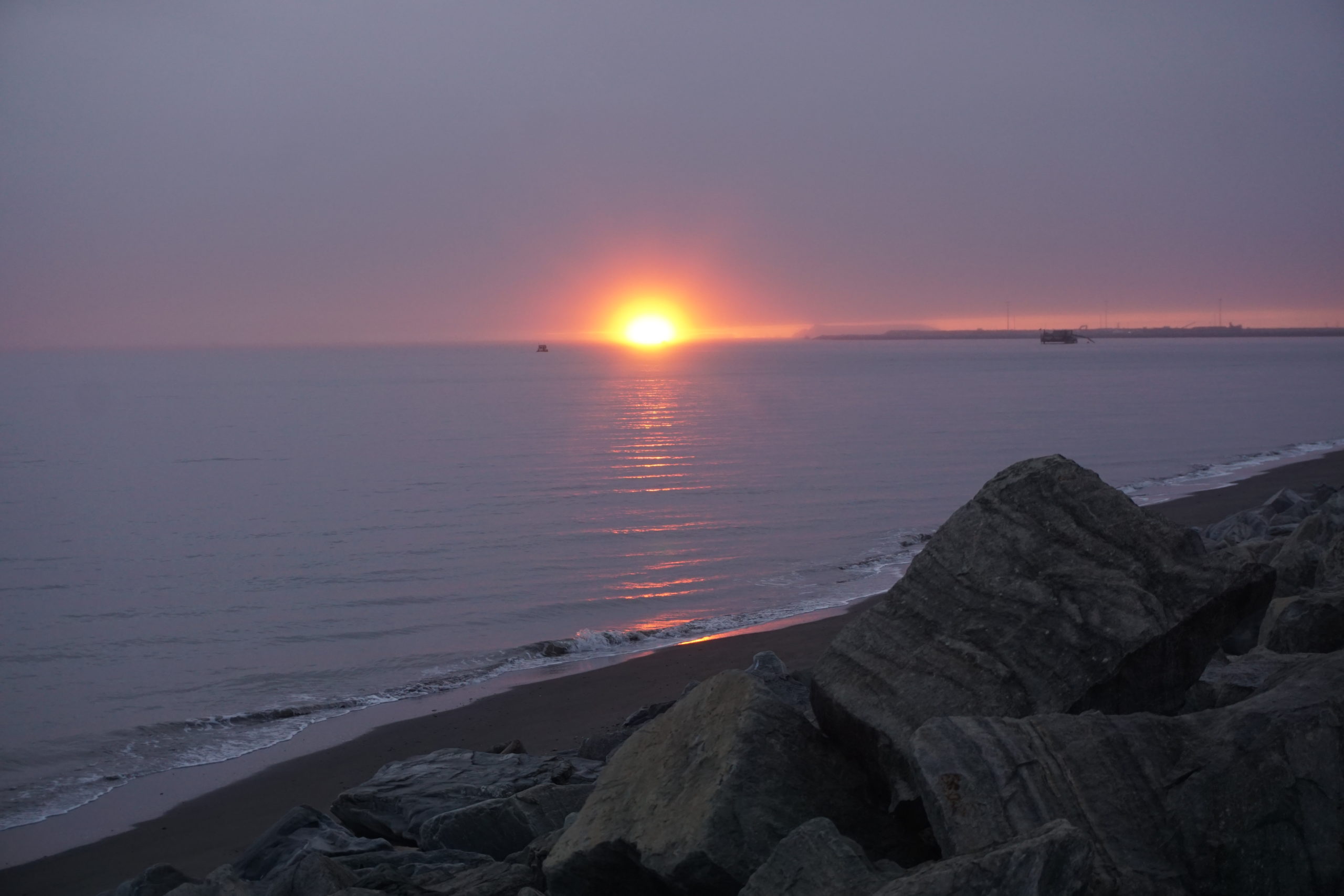
Information about the impacts on the seafloor habitat has been inconclusive.
Years before the current reality TV-related boom, there were warnings that offshore dredge mining could damage seafloor habitat. A 1999 study, led by Stephen Jewett of University of Alaska Fairbanks School of Fisheries and Ocean Sciences, found that the offshore mining conducted in the late 1980s (at a smaller scale than today’s mining) left a benthos, or community of seafloor organisms, that was “significantly reduced at mined stations,” in abundance, biomass and diversity — though there were signs of recovery in subsequent years.
In another study, Jewett found that crab size and catches were not significantly different at sites mined in the late 1980s — though he said that there would be an increased likelihood of damage to crabs if offshore mining expanded in Norton Sound. Jewett said he has not studied Norton Sound mining impacts since then, but he did examine the impacts of the fierce “superstorm” that hit the region in 2011. His conclusion was that “the storm did far more damage to the benthos than mining,” he said by email.
Seabed mining has been controversial elsewhere for environmental reasons; it is banned in state waters in Oregon.
Aside from possible environmental effects, there are other negative impacts in Nome. There have also been complaints about miners interfering with local residents’ fishing and subsistence food harvests. New state regulations have been put into place in recent years to reduce environmental impacts and conflicts with other resource users — and the Department of Natural Resources has even drawn up some rules to address “friction” between competing miners operating in public-access areas.
Some Nome residents, meanwhile, appear to have drawn their own line. Citizens and Native and fishing organizations have rallied against one proposed gold-dredge project that, they argue, will harm a marine ecosystem already stressed by climate change.
A Nevada-based company called IPOP LLC is seeking federal approval for a project that would dredge a channel in Safety Sound, a network of wetlands important to fish, birds and seals, including populations with Endangered Species Act protections. The area is prized by Indigenous people as a place to collect wild foods, and the idea of mining there is anathema to opponents.
“Climate change effects are happening, this area is full of living creatures, habitats that must be protected so that the food sources are not contaminated by toxic wastes on land, the sea, the rivers and lakes. This can diminish our ability to secure clean and healthy foods we depend on,” Kawerak Inc., a tribal consortium, said in formal comments opposing IPOP’s operations.
Adding to the controversy was IPOP’s initial plan, as outlined in a 2017 video and other pitches to potential investors, for the dredge mining to be the setting for a reality TV show. The company appears to have dropped those TV plans, but critics say the very idea trivialized the environmental and cultural importance of Safety Sound.
Nome critics of the project include Chandre Szafran, who has collected about 2,000 signatures and comments urging the U.S. Army Corps of Engineers to deny the permit that IPOP is seeking to dredge in the Safety Sound area.
“It would be this really gorgeous setting for the show,” Szafran said. “But it would be hugely devastating to that ecosystem.”
This story was supported by the Bill Lane Center for the American West at Stanford University and by the Alaska Center for Excellence in Journalism.




